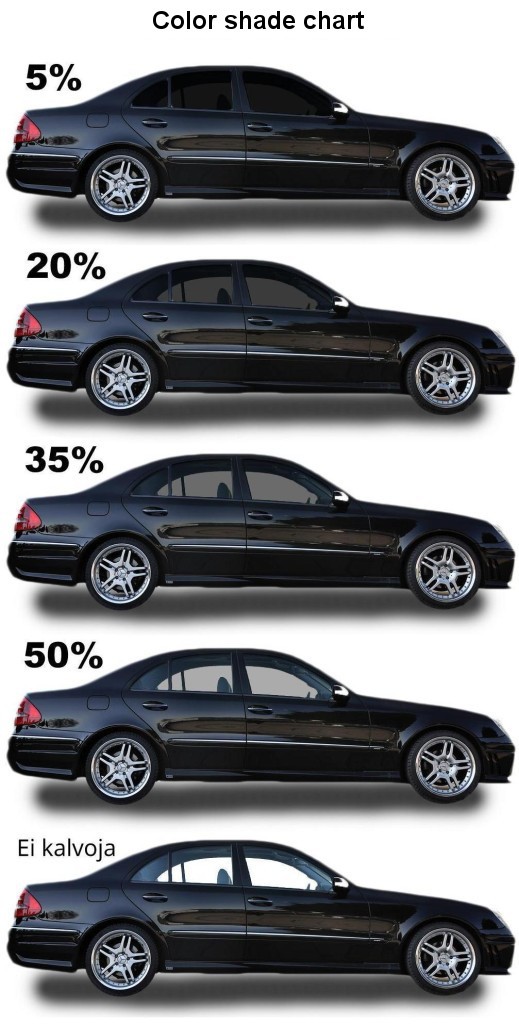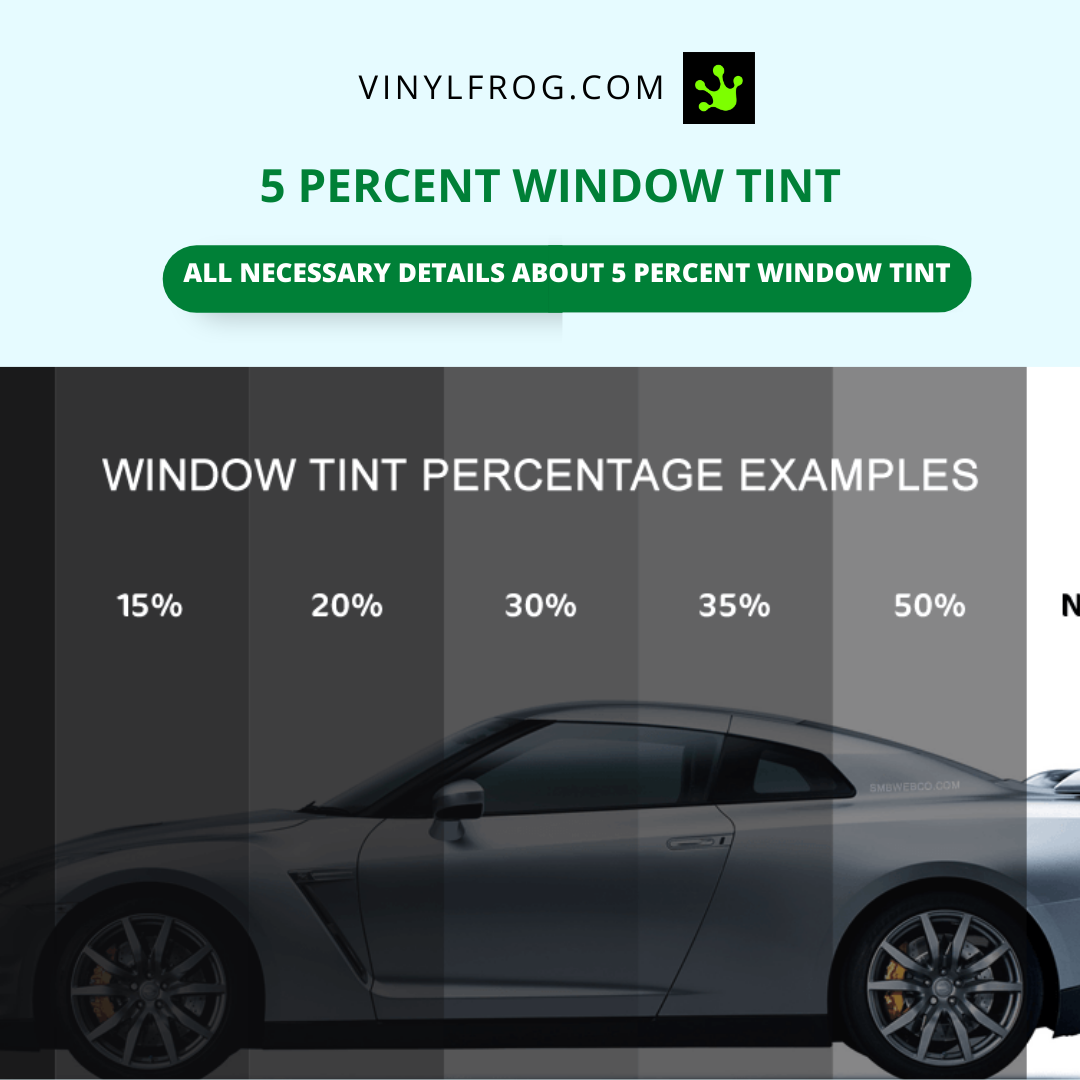The Scientific Research Behind Vehicle Window Tinting and UV Ray Defense
The Scientific Research Behind Vehicle Window Tinting and UV Ray Defense
Blog Article
Home Window Tinting Regulations and Standards: What You Required to Know Prior To Tinting Your Auto
Before waging home window tinting for your vehicle, it is vital to familiarize on your own with the diverse regulations and standards that regulate this technique across various states. These regulations dictate the permitted degrees of tint darkness, often gauged by visible light transmission (VLT) percents, and include specific terms for front windshields aimed at guaranteeing roadway security. In addition, certain territories may offer medical exceptions for people with qualifying problems. Understanding these intricacies can save you from prospective legal implications, however what are the certain guidelines in your state?
Review of Home Window Tinting Regulations
Home window tinting regulations are frequently subject to variation throughout different jurisdictions, showing regional guidelines and security considerations. These laws dictate the allowable degrees of tint darkness and reflectiveness on vehicle home windows, making sure that chauffeurs maintain sufficient exposure while also safeguarding versus unsafe UV rays and warmth.
The majority of guidelines classify home window tinting based on the Visible Light Transmission (VLT) portion, which indicates the amount of light that can travel through the home window. Normally, lower VLT percents symbolize darker tints. Legislations typically separate between the front, side, and back windows, with more stringent restrictions related to the front windscreen to improve safety and security for both the motorist and various other road users.
Furthermore, some territories impose limitations on the reflectivity of the tint, avoiding too much glow that might harm exposure. Exemptions to these laws may exist for individuals with details medical problems requiring additional sunlight security. Conformity with window tinting guidelines is critical, as infractions can result in fines, necessary elimination of the tint, and prospective increases in insurance coverage premiums. It is essential for lorry owners to acquaint themselves with neighborhood legislations prior to continuing with home window tinting installations.
State-by-State Color Regulations
Recognizing the details home window tinting guidelines in each state is essential for lorry proprietors seeking to abide with the legislation. Each state in the united state has actually developed its very own set of rules governing window tinting, which can differ substantially. These guidelines usually determine the permitted degrees of color darkness, the types of windows that can be tinted, and any kind of clinical exemptions that may use.
For circumstances, states like The golden state have strict restrictions on color darkness for front windows, while others, such as New Mexico, may permit darker colors. Furthermore, specific states mandate specific presence percentages for various windows, including the windshield, front side windows, and rear windows. It is vital for cars and truck proprietors to acquaint themselves with their state's laws to stay clear of prospective fines or fines.
Furthermore, some states may require a certification sticker label to be positioned on tinted windows, showing compliance with state legislations. Failing to follow these policies not only takes the chance of legal effects however can also impact safety and security and visibility while driving. As a result, vehicle proprietors must carry out comprehensive research or consult regional authorities to make sure full understanding and conformity with state-by-state tint guidelines.
Allowed Tint Kinds and levels
Numerous lorry owners may be shocked to discover that permitted tint degrees and kinds vary extensively throughout different states. Each state has actually established its very own policies relating to the allowable darkness and reflectivity of home window tint, typically gauged by Visible Light Transmission (VLT) portions. VLT describes the amount of light that can go through the tinted home windows; thus, a lower percentage shows a darker color.

Additionally, the sorts of tint materials allowed can vary, with some states banning metal or mirror-like coatings. It is necessary for lorry owners to familiarize themselves with their state's details regulations to make certain conformity. Non-compliance can lead to penalties, mandatory removal of the tint, or other lawful repercussions, making it critical to recognize these regulations prior to continuing with setup.
Medical Exceptions for Tinting
While not all states give allowances for medical exceptions pertaining to window tinting, those that do recognize the requirement for particular people to improve exposure and convenience due to medical conditions. Different medical problems, such as lupus, skin cancer cells, and particular eye disorders, can make individuals specifically sensitive to sunlight. These individuals might call for darker colors to secure themselves from dangerous UV rays and glare.

It is necessary to note that even with a clinical exception, there might still be restrictions on the degree of color permitted. Compliance with state legislations ensures that individuals are both safeguarded and within lawful limits. Those taking into consideration medical exemptions must call their local Department of Motor Read More Here Vehicles or comparable authority to understand the requirements and procedures required to look for an exemption successfully.
Penalties for Non-Compliance
Failing to follow home window tinting regulations can cause significant fines, which vary by state. Law enforcement companies are encouraged to release citations for automobiles that do not stick to the specified tinting guidelines. These fines generally include penalties, which can range from moderate quantities to a number of hundred bucks, relying on the extent of the infraction and the state in question.
In some jurisdictions, repeated offenses may result in rising fines or additional penalties, such as required court looks. Non-compliance might demand the elimination of prohibited tinting, commonly at the proprietor's expenditure. In extreme situations, regular wrongdoers might deal with suspension of their lorry registration up until conformity is achieved.
Furthermore, insurance ramifications might occur from getting multiple citations for home window color offenses. Insurance providers might see such infractions as a sign of riskier actions, possibly bring about enhanced premiums or problem in insurance coverage.
To stay clear of these fines, it is vital for automobile proprietors to familiarize themselves with their local window tinting legislations and guarantee that their car complies (Window Tinting). This aggressive strategy not just stays clear of lawful implications but additionally promotes road security
Final Thought

A lot of policies categorize window tinting based on the Visible Light Transmission (VLT) percentage, which indicates the amount from this source of light that can pass through the window. Compliance with window tinting guidelines is important, as offenses can result in fines, mandatory removal of the color, and possible increases in insurance coverage costs.Recognizing the particular home window tinting regulations in each state is important for car proprietors looking for to conform with the legislation. These guidelines commonly determine the allowed levels of color darkness, the types of windows that can be tinted, and any medical exemptions that might use.
For circumstances, states like California have stringent restrictions on color darkness for front windows, while others, such as New Mexico, may allow darker colors.
Report this page